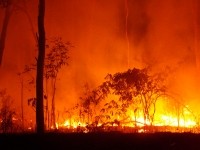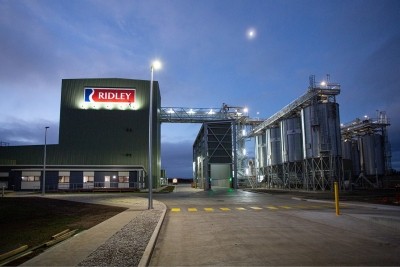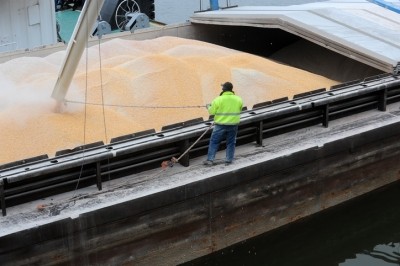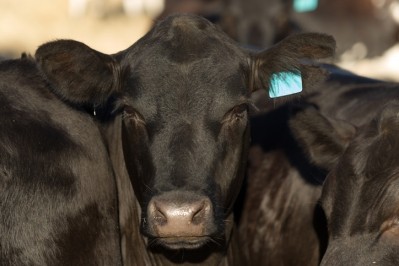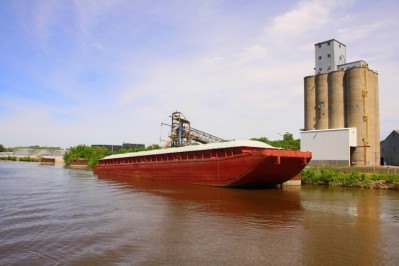Australia’s shrinking milk production
So says a report from the US Department of Agriculture (USDA) in a report from its Foreign Agricultural Service (FAS), drafted mid-last month.
The forecast decline is a result of continued drought conditions in parts of the country, and consequently high input costs for feed and water allocations, as well as a shrinking cattle herd and high cow cull rates, according to the publication.
The outlook continues to be for below-average rainfall for the next few months, and if realized then it will continue to put downward pressure on production, said the USDA.
Dairy farmers in Australia are dealing with the impact of both bushfires as well as drought.
Since October, bushfires have killed six people and destroyed more than 700 homes across Australia. Fires have raged across Queensland, Victoria, South Australia, Western Australia and Tasmania.
The severity of the fires has caused alarm and calls for additional action to tackle climate change.
Despite the shrinking milk supply, both fluid milk and cheese production are forecast to remain largely steady due to continued strong domestic demand for fluid milk, and processors prioritizing cheese production over other products. Butter and milk powder production, however, are forecast to continue to fall, noted the authors of that report.
Both the dairy industry and the Australian government have launched initiatives to try and help support the sector.
Grant Crothers, president of the Australian Dairy Products Federation, told the Sydney Morning Herald on Friday [December 6] the industry had structural challenges and faced stiff competition.
"The drought is another layer of cost and complexity that is a headwind. The reality is we should be celebrating record milk prices and we're not able to because we've got a record cost structure. And milk prices haven't kept up with the cost structure," he said.
High feed costs
Citing the drought through much of eastern Australia, the USDA reported that feed and hay costs continue to be at elevated levels, resulting in high farmer input costs.
“Although the costs of most feed have retreated somewhat from this time last year, they remain far above average levels.”
Feed wheat prices in September were down AUD $53 per MT from September 2018, but still AUD $114 higher than in September 2017.
Barley prices in September were down AUD $77 from that month in 2018 but still AUD $104 higher than in September 2017.
Pasture hay prices in September were down AUD $28 from September 2018 but still AUD $198 higher than in September 2017, but alfalfa hay prices, however, have continued to increase and were up AUD $65 per MT from September 2018 and up AUD $508 from September 2017.
Source: Dairy Australia production inputs monitor.
Note: As of mid-November, the exchange rate was approximately AUD $1.45 to USD $1.
Grass hay prices in Australia have come down a little from last year, noted the USDA publication. The authors said there has been increased availability of grass hay, especially as some grain farmers have cut their crop for hay because of expected poor yields.
“Winter grain harvest prospects are expected to be even down from last year’s poor crop, and this is expected to continue to support high grain prices. These high feed costs will continue to have a major negative impact on those farms that do not rely primarily on pasture.”
Dairy farms paying for irrigation water are seeing a huge run-up in water prices, another factor causing a hike in sectoral input costs, found the report.
It found that, in Northern Victoria, for example, the average price for temporary water trades in September 2019 was AUD $699/ML, double the September 2018 price and up nearly 600% compared to the price in September 2017. as per Dairy Australia production inputs monitor data.
Reduced cow numbers
Because of poor pasture conditions in much of the country and high feed costs, cow culling has increased, reported the USDA experts, who added that culling has been accelerated also due to the higher prices for cows, estimated to be up about 25% on average compared to last year, which are arising out of the strong beef export demand.
“In addition, exports of dairy cattle have jumped this year, with exports from January-September 2019 of pure bred dairy cattle reaching over 75,000 head, more than double the amount at this time last year. The vast majority of these have been going to China.”
As a result, the dairy herd is smaller - a key factor in expected lower 2020 milk production, said the USDA team.
